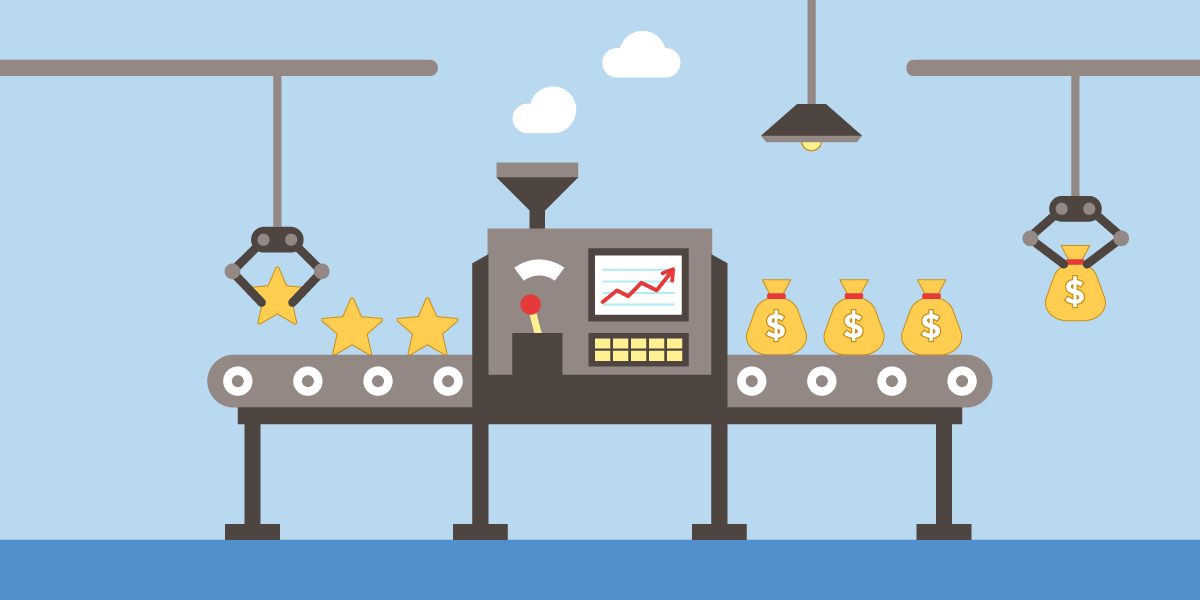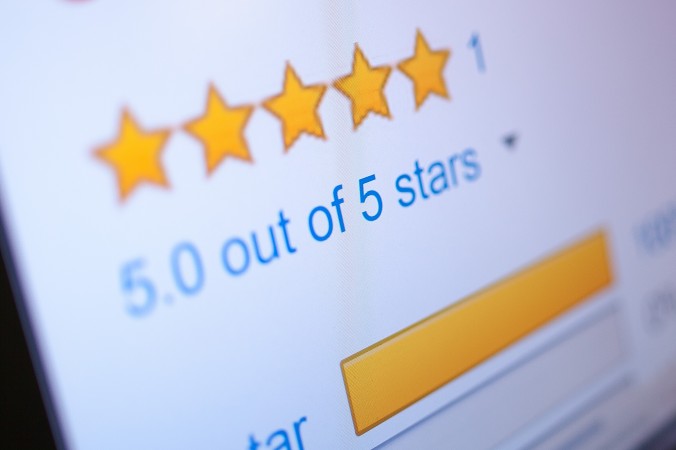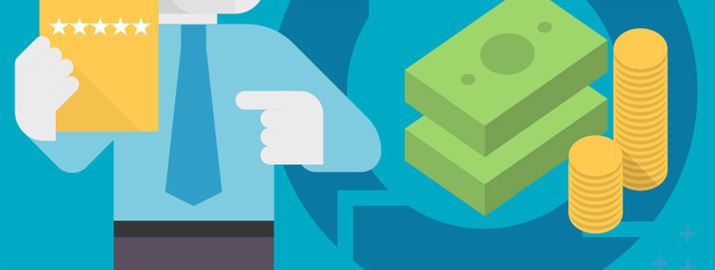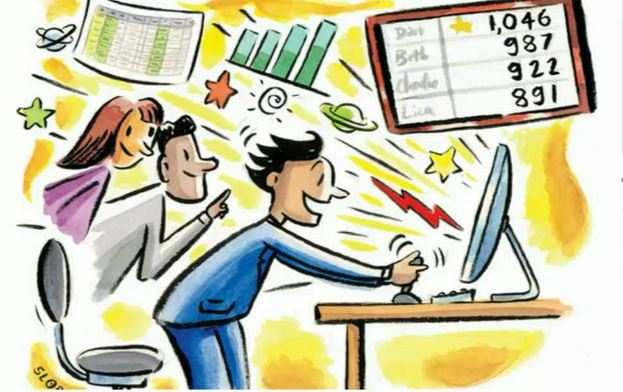
If no one ever eats in that restaurant on the corner, would you?
If you walk into the office and everyone is looking out the window, do you?
When everyone starts upgrading their phones, will you start to consider it?
The reason we answer yes to these kinds of questions is that we are, ultimately, social animals, and we regularly look to others when making decisions.
The way other people’s choices influence our own is called social proof. Social proof, also known as social influence, is a psychological phenomenon where people take on other people’s actions because they assume it reflects the correct behavior for a given situation.
There are several types of social proof in the marketplace today. Understanding them means that as a business owner, you will not just make more money, but have greater ability to make money again and again.
Review Buzz Founder, Mike Montano has likened social proof as a collection of “popularity votes” with big stacks of dollar bills attached to them. But each “vote” doesn’t just equal one, a hundred, or even a thousand dollars, but rather the ability to reproduce dollar bills again and again. In his book, Stop Marketing, Be Remarkable! he writes,
“Building social proof is the closest thing to printing money there is.”
How does social proof translate into this goose that lays the golden egg? First, it helps to understand the various types of social proof.
Different Types of Social Proof
Social proof can give your company a compelling reputation in many forms, including the use of celebrity or expert endorsements. These are called “celebrity social proof” and “expert social proof,” and they usually play on what’s known as the halo effect.
The halo effect is a cognitive bias in which we judge what we think of someone’s opinion based on our general favorable impression of them. So we agree with someone more readily because we like or admire them.
The two types of social proof that you can harness especially well for real marketing ROI are known as “user social proof,” and the “wisdom of friends social proof.” Both of these types are most easily monetized online, in the form of posts and reviews.
First, user social proof is the approval of those who have used your product or service. User social proof is most effective when it comes in the form of storytelling, including customer testimonials, case studies, and online reviews.
Stories are a powerful tool in most marketing modalities because it’s much easier to see ourselves in another’s shoes, making the same choices, when we hear their story. Numbers and stats can be effective too, but a kind of trust and persuasiveness comes when you can relate to someone’s individual experience.
The kind of social proof that comes from what we consider to be the “wisdom of our friends,” stems from a phenomenon known as implicit egotism. The concept here is that we naturally gravitate towards people and things that resemble ourselves. For this reason, we value the opinions of people we perceive as most like us.
Social media provides a myriad of ways to show this kind of social proof. Likes, follows, re-tweets, etc., all trigger the social response to feel the same way as those you consider, at least to some degree, like you.
Why Social Proof is Such a Moneymaker
The highly relatable social proof we see online in the form of likes, referrals, reviews, and posts, is like gold for your company. Actually, to be more exact, it’s like a goose that lays golden eggs.
The reason social proof is the goose that lays the golden egg has to do with the difference between production and production capability. In his book, The Seven Habits of Highly Effective People, Stephen Covey uses this parable to explain this difference.
In this story, the lucky farmer who owns the goose gets so focused on the gold, that his greed takes over a bit. Rather than wait for just one egg every day, he cuts open to goose to take them all. What does he end up with? You guessed it: nada, zilch.
In this way, the poor farmer has sacrificed production capability in favor of production. It’s something those in the service industry can readily relate to. We get so focused on producing those golden eggs that we neglect the very thing which can help us produce them over and over again–providing remarkable service.
But when we remember to focus on service and the way our customer’s feel about us, then implement a system to ensure their choices and opinions become visible online, we cultivate some serious production capability because this social proof brings your business the ability to be trusted and endorsed by people who are speaking directly to your potential customers.
As Montano writes, “Your capital production capability is directly related to your social proof, and whether you like it or not, that reputation is based 99% on what online information is available about your business…Social proof tells people your company has earned the trust of previous customers by getting the job well done.”

Practical Ways to Start Using Social Proof For Your Business
Here are some practical steps you can take to harness the lucrative power of social proof as a marketing opportunity:
- It starts with leadership. A culture of excellence needs to be cultivated from the top.
- Make sure providing excellent service is prioritized and rewarded.
- Also focus on and reward employees for asking for reviews from every customer.
- Implement a process or system, like ReviewBuzz, that makes this all simple for you to run: both the rewarding of employees for excellence and getting good reviews, and also the publishing of these reviews on sites like Yelp and Google.
Now that you have an idea of what social proof is, how it functions, and how to use it for real marketing ROI, it’s time to put it into practice. Get excited about all the things that make your company and the goods and services you provide great, then get ready to tell the world in a way that will make them want to experience this greatness for themselves. Once they see how much other people believe in what you do, they’ll want to as well.
Images: Courtesy of sujanpatel.com and launchbit.com















